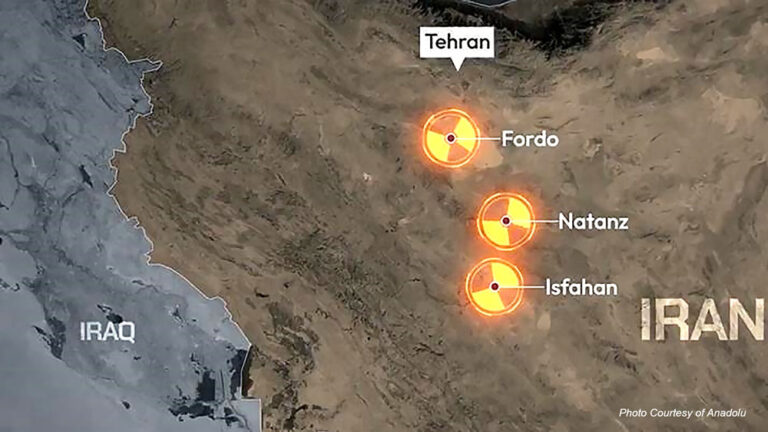ZAMBOANGA CITY – A satellite launched by NASA in 1997 to observed rainfall rates on Earth has fallen back and disintegrated over the sky in southern Philippines on Sunday, air force and police authorities said.
It said the satellite, a joint project by the National Aeronautics and Space Administration or NASA, and Japan Aerospace Exploration Agency or JAXA called Tropical Rainfall Measuring Mission, or TRMM, was launched to observed rainfall rates over the tropics and subtropics, where two-thirds of the world’s rainfall occurs.
“The spacecraft operated by NASA exploded and disintegrated in the atmosphere,” the provincial police said.
The Philippine Air Force’s 3rd Air Division told the regional newspaper Mindanao Examiner that it has deployed aircrafts to search for debris over a mountainous area in Sultan Kudarat, but cut this short due to the weather.
Philippine media ran an unverified report from villagers that an unidentified aircraft exploded in mid-air before crashing into the mountains.
The TRMM carried the first precipitation radar flown in space, which returned data that were made into 3-D imagery, enabling scientists to see the internal structure of storms for the first time.
It also carried a microwave imager, a state-of-the-art instrument that had the highest resolution images of rainfall at the time. Together with three other sensors – the Visible and Infrared Scanner, the Lightning Imaging Sensor, and the Clouds and the Earth’s Radiant Energy System instrument – scientists used TRMM data to explore weather events, climate, and Earth’s water cycle.
The mission ended on April 8 this year after the spacecraft depleted its fuel reserves, according to NASA. (Mindanao Examiner)
Like Us on Facebook: https://www.facebook.com/mindanaoexaminer
Follow Us on Twitter: https://twitter.com/MindanaoExamine
Read Our News on: http://www.mindanaoexaminer.com/ and http://www.mindanaoexaminer.net/
Share The News



